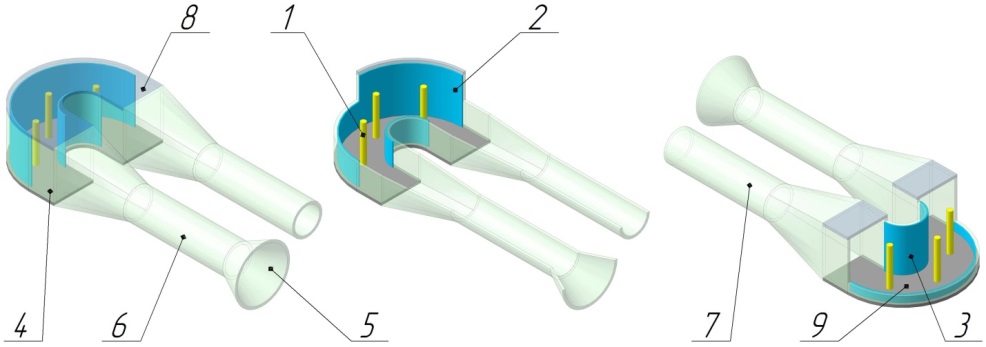
Using the profiled elements to increase electrocyclone effectiveness
Abstract
Keywords
Full Text:
PDFReferences
Yan P, Zheng C, Zhu W, Xu X et al. An experimental study on the effects of temperature and pressure on negative corona discharge in high-temperature ESPs. Applied Energy. 2016;164:28–35. doi:10.1016/j.apenergy.2015.11.040
Oh J, Choi S, Kim J. Numerical simulation of an internal flow field in a uniflow cyclone separator. Powder Technology. 2015;274:135–45. doi:10.1016/j.powtec.2015.01.015
Chen CJ, Wang LFS. Cost-benefit analysis of electrocyclone and cyclone. Resources, Conservation and Recycling. 2001;31:285–92. doi:10.1016/S0921-3449(00)00086-0
Zhuohan L, Shao C, An Y. et al. Energy-saving optimal control for a factual electrostatic precipitator with multiple electric-field stages based on GA. Journal of Process Control. 2013;23(8):1041–51. doi:10.1016/j.jprocont.2013.06.007
Shrimpton JS, Crane RI. Small Electrocyclone Performance. Chemical Engineering & Technology. 2001;24(9):951–5. doi:10.1002/1521-4125(200109)24:9<951::AID-CEAT951>3.0.CO;2-9
Titov A. The impact of re-entrainment on the electrocyclone effectiveness. Separation and Purification Technology. 2015;156(2):795–802. doi:10.1016/j.seppur.2015.11.004
DOI: https://doi.org/10.15826/chimtech.2020.7.4.06
Copyright (c) 2020 Anton Trinkunas, Lidia Pomortseva, Anatolii Titov, Zalina Rusinova

This work is licensed under a Creative Commons Attribution 4.0 International License.
Chimica Techno Acta, 2014–2025
eISSN 2411-1414
Copyright Notice






